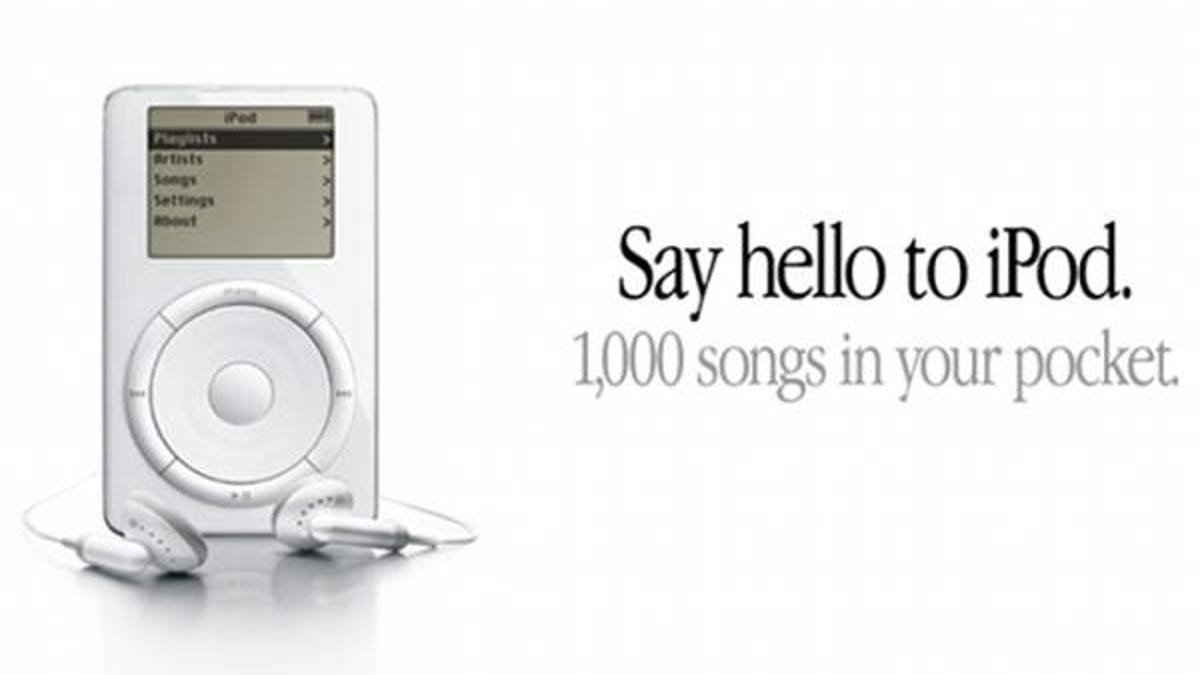Did we listen to just as much music before the iPod?
Some say the iPod changed everything, but the Audiophiliac doesn't agree.

Before the iPod and iTunes supposedly changed everything, we listened to records, CDs, tapes, and radio in our cars, on the street and in mass transit. Music was nearly as portable as it is now, but iPods and other MP3 players radically increased the quantity of music you could take with you. Looking back to the dawn of the iPod/MP3 era, sound-quality improvements weren't part of the agenda, just the quantity of music that was transportable. Apple's early ads touted the advantages of having "1,000 songs in your pocket," which struck me as an odd way to entice buyers in 2001, but the strategy worked!
John Lennon wasn't obsessed with the number of tunes he had on the road when he was touring with the Beatles. His personal music player was a 47-pound, 40-disc portable jukebox the size of a small suitcase! That's pretty extreme, but I remember lots of kids had portable record players in the 1960s and 1970s. In-car, under-dash singles players weren't uncommon. Once 8-track cartridges and cassettes took off, the number of tunes you could take with you skyrocketed. Sony's Walkman cassette players were next, and were considerably more popular than previous portable music players. We were perfectly happy with tapes, and high-end Walkman cassette players sounded great, and from an audiophile perspective, a lot better than the first generations of iPods and MP3 players. That didn't matter; most people ditched cassettes and happily sacrificed sound quality for more tunes in a smaller, less bulky package.
When portable CD players became available in the mid-1980s we finally had a truly high-quality portable music format. Looking back, it's interesting that despite the popularity of different generations of music players, the quality of portable headphones remained mediocre. Those early iPods and MP3 players' headphones were awful, but starting around five years ago the market for higher-quality headphone sales took off. Nowadays audiophiles aren't the only people buying $300 headphones, and the ongoing popularity of iPods and cell phones are largely responsible for the booming market for high-quality headphones.

